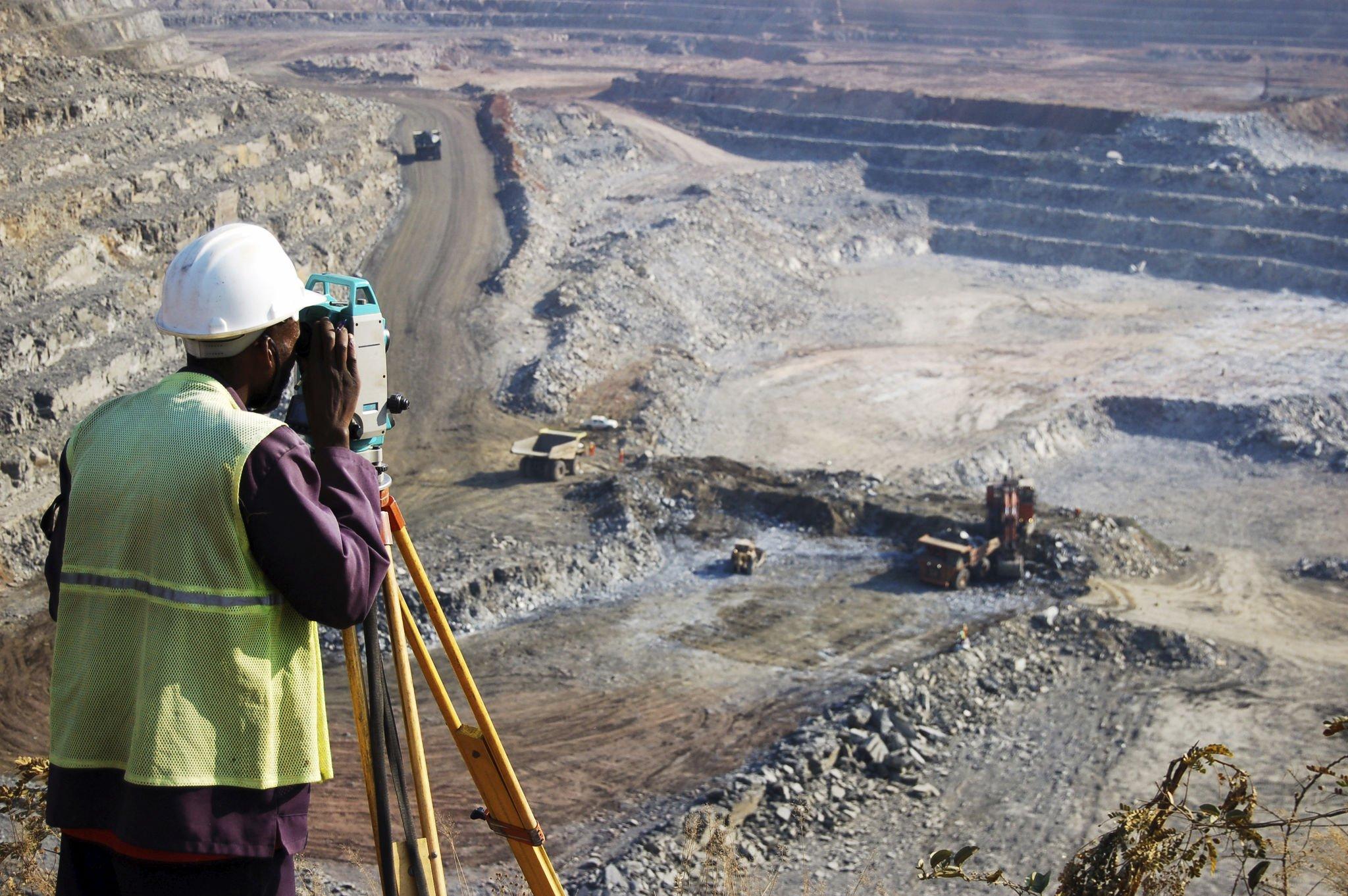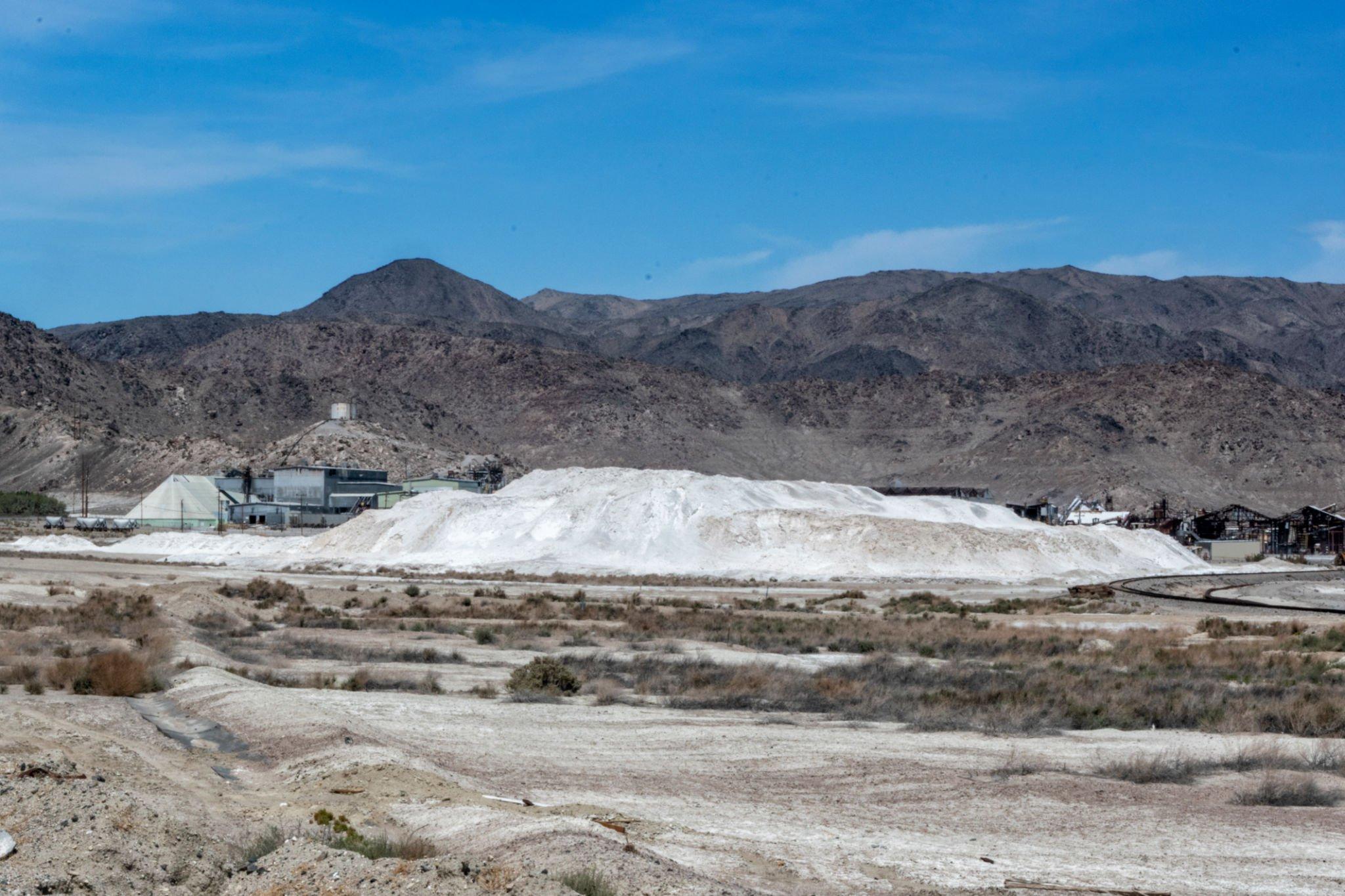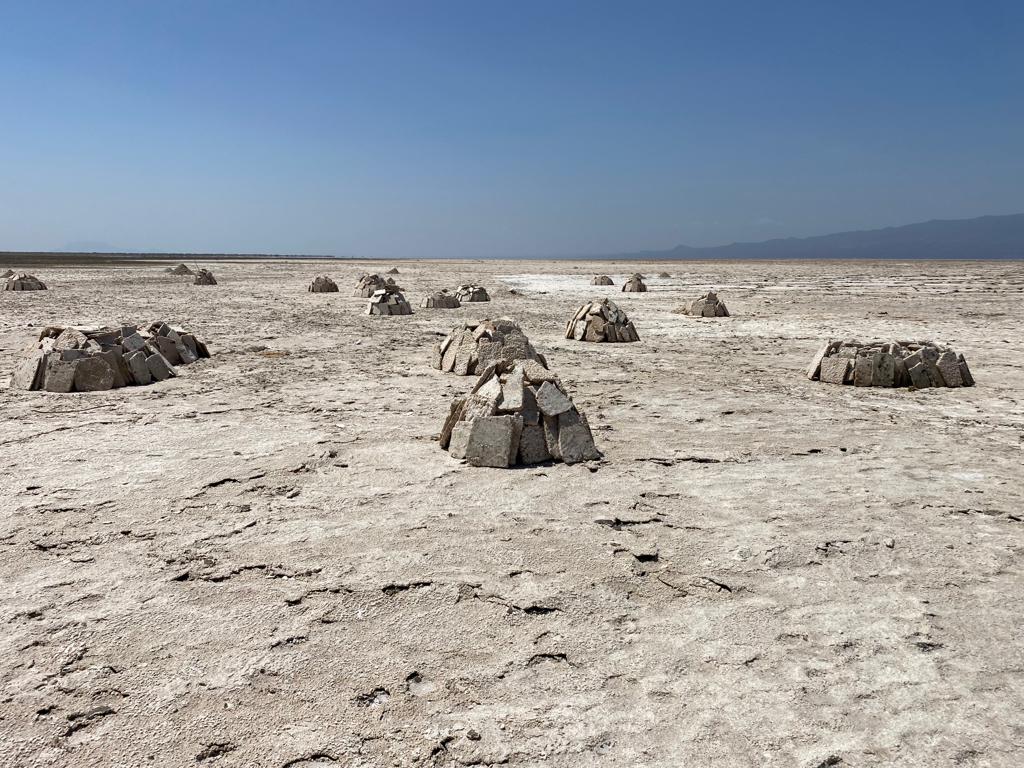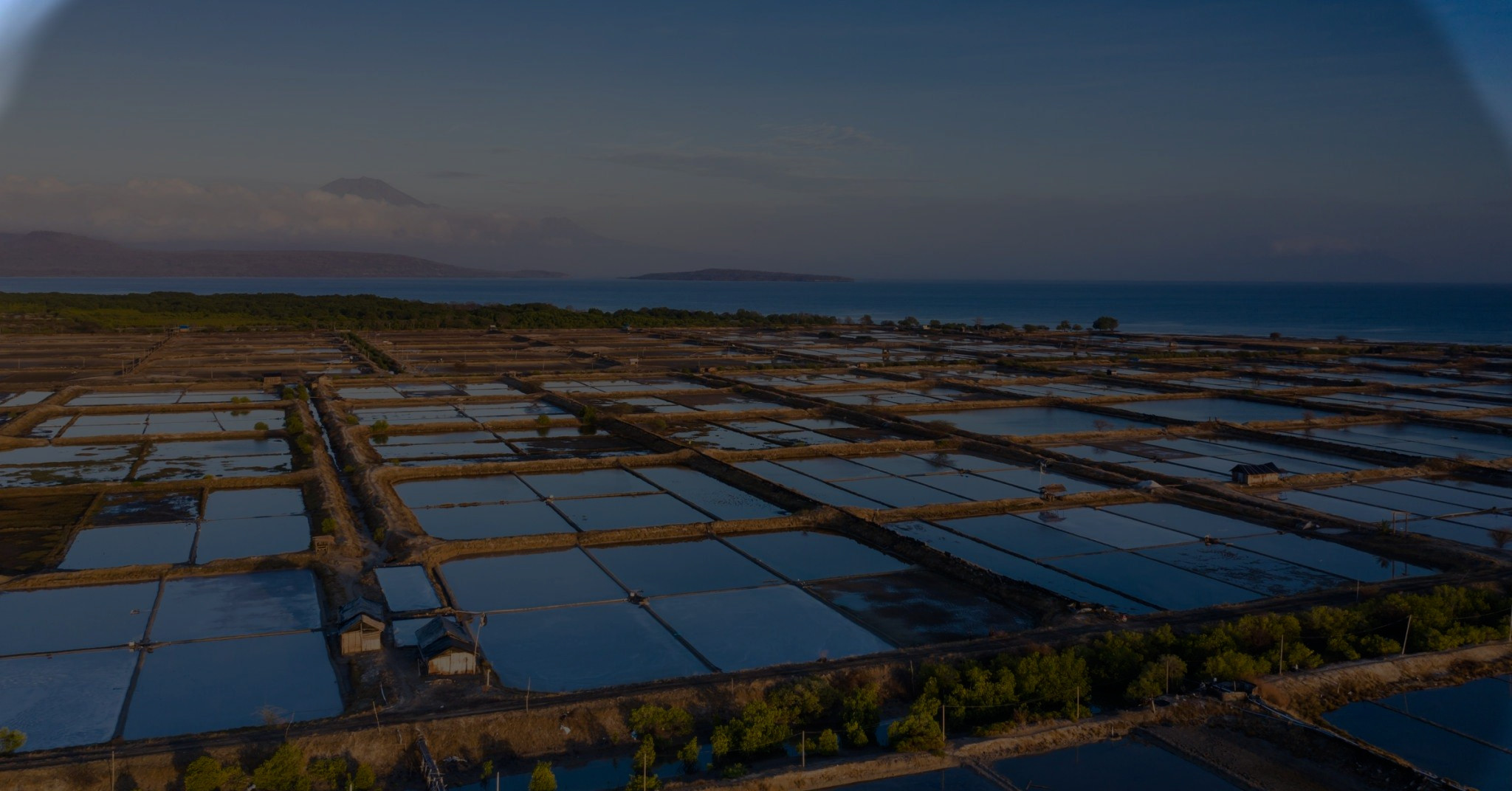
Company Overview:
Welcome to Ngaresero Soda Company , the premier mining company specializing in the extraction and production of high-quality Soda Ash. We have a strong market reputation built on our commitment to excellence, advanced technology, and sustainable practices.
We aim to lead the Soda Ash industry and contribute to the growth of various sectors.
Read More Our Products
Our one and only priority is to deliver value added products to our community
Get in touchSocial Initiatives
At Ngaresero Soda, we are deeply committed to environmental stewardship and social responsibility.
Conservation of Lesser Flamingos:
We actively engage in conservation projects to protect and restore the habitats of lesser flamingos.
Ecological Footprint Reduction:
We continuously strive to minimize our ecological footprint through sustainable mining practices and resource management.
Community Engagement and Education:
We actively engage with local communities to raise awareness about the importance of conserving the lesser flamingos and their habitats.
Research and Collaboration::
We collaborate with scientific institutions, conservation experts, and governmental agencies to conduct research and gather data on the lesser flamingos.
Partnerships and Advocacy:
Ngaresero Soda actively seeks partnerships with organizations dedicated to the conservation and protection of wildlife, including lesser flamingos.
Our Product
Contact
For any kind of query, contact us with the details below.
- +255-767-080-734
- info@ngareserosoda.com
- Dar-Es-Salaam, Tanzania, P.O Box 60514



Unveiling Africa's Soda Ash Mining
Deep within the diverse landscapes of Africa lies a valuable mineral resource that has played a crucial role in various industries worldwide: soda ash. From the expansive shores of Lake Natron in Tanzania to the vast deserts of Kenya and Ethiopia, soda ash mining in Africa has emerged as a significant economic contributor. In this blog, we delve into the fascinating world of soda ash mining, its applications, and the impact it has on local economies and global markets.
-
The Formation of Soda Ash Deposits: Soda ash, scientifically known as sodium carbonate, is primarily formed through the interaction of volcanic activity, geological processes, and the accumulation of saline water sources over millions of years. The unique geological conditions found in select regions of Africa have given rise to abundant soda ash deposits.
-
Africa's Abundant Reserves: Africa boasts substantial soda ash reserves, with prominent mining operations located in countries such as Tanzania, Kenya, and Ethiopia. Lake Natron in Tanzania, the Great Rift Valley in Kenya, and the Danakil Depression in Ethiopia are known for their vast soda ash reserves, which provide a steady supply for both local consumption and international markets.
-
Diverse Applications: Soda ash serves as a versatile mineral with a wide range of applications across industries. One of the primary uses of soda ash is in glass manufacturing, where it acts as a key ingredient for producing clear, durable, and high-quality glass products. Additionally, soda ash finds its way into the production of detergents, chemicals, pulp and paper, textiles, water treatment, and various other industrial processes.
-
Economic Contribution: Soda ash mining has significant economic implications for the countries involved. It creates employment opportunities, stimulates local businesses, and generates revenue through exportation. The industry's growth often leads to infrastructural development, improved living standards for communities, and an overall boost to the national economy.
-
Environmental Considerations: Mining operations must prioritize sustainable practices and minimize environmental impact. Responsible soda ash mining companies implement measures to conserve water resources, mitigate ecosystem disturbances, and rehabilitate the areas affected by mining activities. Environmental stewardship is essential to ensure the long-term sustainability of soda ash extraction.
-
Collaboration and Innovation: The soda ash mining industry in Africa thrives through collaboration between mining companies, local communities, and governments. By working together, stakeholders can create a balance that maximizes the benefits of mining while minimizing potential social and environmental challenges. Continuous innovation in extraction techniques and environmental management practices further supports sustainable mining operations.
-
Global Demand and Market Influence: Africa's soda ash mining industry plays a significant role in meeting the global demand for this essential mineral. The soda ash produced in Africa finds its way into international markets, where it serves as a vital ingredient for a wide range of products. The industry's growth and expansion contribute to Africa's influence in global markets and enhance the continent's economic competitiveness.
Conclusion: Soda ash mining in Africa unveils a hidden natural resource that holds substantial economic value and contributes to various industries worldwide. From its formation in unique geological conditions to its diverse applications and global market influence, soda ash plays an integral role in shaping both local economies and global supply chains. As the industry continues to evolve, it is crucial to prioritize responsible mining practices that balance economic growth with environmental stewardship and sustainable development. Africa's soda ash mining sector stands poised to make a lasting impact, creating opportunities for communities, fostering innovation, and establishing the continent as a key player in the global minerals market.

Exploring the Wild Side in an Industrial Jungle
In the midst of towering skyscrapers, bustling factories, and the constant hum of machinery, it's easy to overlook the hidden gems of nature that thrive within the industrial landscapes. While cities are often associated with concrete and steel, there is a surprising wild side waiting to be discovered. This blog takes you on a journey to explore the harmonious coexistence of nature and industry, where pockets of greenery and wildlife find their place in the urban jungle.
-
Unlikely Oases of Green: Amidst the concrete structures, you'll find pockets of green spaces that provide a breath of fresh air. Industrial parks, rooftops, and abandoned factories are transforming into vibrant gardens and urban parks. These green oases not only offer a peaceful retreat for workers and residents but also serve as habitats for birds, insects, and other wildlife.
-
Wildlife Resilience: Nature has a remarkable ability to adapt and thrive, even in the face of industrialization. Urban environments provide a unique ecosystem for wildlife, with abandoned buildings and unused spaces becoming shelters for birds, bats, and small mammals. These resilient creatures carve out their niches, finding sustenance and protection amidst the urban hustle.
-
Ecological Restoration: Many industries are embracing the concept of ecological restoration to balance their operations with environmental conservation. Efforts such as reforestation, habitat restoration, and the creation of wetlands within industrial areas are helping to bring back biodiversity. These initiatives not only benefit local flora and fauna but also contribute to cleaner air, water, and a healthier environment for all.
-
Sustainable Industrial Practices: The coexistence of nature and industry is further enhanced through sustainable practices. Industrial sites are adopting eco-friendly technologies, reducing emissions, and implementing green initiatives. These efforts minimize the environmental impact, ensuring a more harmonious relationship with the surrounding ecosystems.
-
Conservation Partnerships: Collaboration between industry, conservation organizations, and local communities is essential in preserving the wild side of industrial areas. Partnerships often result in the creation of wildlife corridors, protected habitats, and educational initiatives to raise awareness about the importance of biodiversity and ecological balance.
-
Unexpected Beauty: Exploring the wild side in an industrial jungle unveils unexpected beauty. From stunning sunsets reflecting off glass facades to the mesmerizing sight of birds soaring above steel structures, nature's presence adds a touch of wonder and tranquility to the industrial landscape. It reminds us that even amidst human-made creations, the wonders of the natural world can still captivate our senses.
Conclusion: Venturing into the industrial jungle reveals a hidden tapestry where nature weaves its intricate threads alongside human progress. As industries strive for sustainability and ecological harmony, the wild side within industrial areas continues to thrive. By embracing green spaces, implementing sustainable practices, and fostering conservation partnerships, we can strike a delicate balance between urban development and the preservation of biodiversity. So, the next time you find yourself amidst the concrete and steel, take a moment to appreciate the resilient wildlife and pockets of nature that remind us of the intrinsic connection between humanity and the natural world.

China's industrial profits grow faster in first eight months
China's industrial sector has shown remarkable resilience and growth in the first eight months of the year, defying global economic uncertainties. The country's industrial profits have surged, indicating a robust recovery and providing optimism for both domestic and international markets. This blog explores the factors driving China's industrial profit growth and the implications for the nation's economy.
-
Strong Recovery and Resilience: Despite the challenges posed by the global pandemic, China's industrial sector has exhibited resilience and achieved a strong recovery. The combination of effective pandemic containment measures, government support, and a rebound in domestic demand has propelled industrial growth.
-
Increased Manufacturing Activity: China's manufacturing sector, a crucial component of its industrial landscape, has experienced a significant uptick in activity. With increased production and improving global demand, manufacturing firms have witnessed a surge in orders and exports, contributing to higher industrial profits.
-
Technological Advancements and Innovation: China's focus on technological advancements and innovation has played a pivotal role in driving industrial growth. The country has actively embraced digital transformation, automation, and emerging technologies such as artificial intelligence and 5G, enhancing productivity and efficiency across industries.
-
Infrastructure Development: China's continued investments in infrastructure development have created a favorable environment for industrial growth. The construction of transportation networks, energy facilities, and smart cities has not only stimulated demand for industrial products but also provided a solid foundation for sustainable development.
-
Shift towards High-Value Industries: China's industrial landscape has been evolving, with a shift towards high-value industries such as advanced manufacturing, high-tech sectors, and the services industry. This transition has led to higher-value-added products and services, resulting in increased profitability for industrial enterprises.
-
Government Support and Policy Measures: The Chinese government has implemented various support measures and policies to bolster industrial growth. These include tax incentives, financial support, streamlined regulations, and initiatives to foster innovation and entrepreneurship. Such measures have provided a conducive environment for industrial enterprises to thrive.
Implications for China's Economy: The faster growth in China's industrial profits holds promising implications for the nation's economy as a whole:
a. Increased Employment Opportunities: Robust industrial growth translates into more job opportunities, contributing to poverty alleviation and raising living standards for the Chinese population.
b. Enhanced Competitiveness: China's industrial sector's growth enhances the nation's competitiveness on the global stage, making it a vital player in international trade and investment.
c. Economic Stability and Resilience: Strong industrial profits contribute to overall economic stability and resilience, reducing the vulnerability to external shocks and uncertainties.
d. Stimulus for Domestic Consumption: Rising industrial profits support higher incomes and purchasing power, encouraging domestic consumption and driving economic growth.
Conclusion: China's industrial sector has demonstrated impressive growth and resilience, with industrial profits surging in the first eight months of the year. The combination of strong recovery, increased manufacturing activity, technological advancements, infrastructure development, and government support has propelled China's industrial growth. This growth not only benefits the industrial enterprises but also has positive implications for the overall Chinese economy, including employment, competitiveness, stability, and domestic consumption. As China continues to navigate through evolving global dynamics, the strength of its industrial sector will play a crucial role in sustaining economic growth and driving future development.


